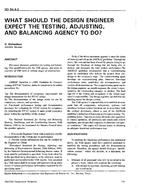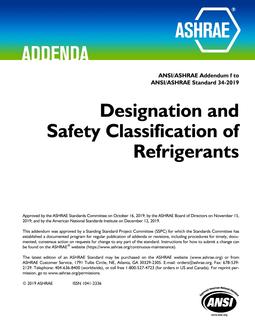Click here to purchase
This paper examines the embodied environmental impacts of building materials and the operational environmental impacts of energy consumption for an existing building compared to different retrofit and new building options, including envelope, mechanical, lighting, and plug load upgrades. The options studied include an existing building with no changes (XST), a standard energy retrofit (SER), a deep energy retrofit (DER), a high-performance new building targeting net-zero energy use (ZEB), and a code-compliant new building (CCB); the SER, DER, and ZEB included both envelope-only as well as mechanical and lighting upgrade options. As part of the study, environmental impacts, including Global Warming Potential (GWP), were calculated over a 20-year life cycle for GWP and a 75-year life cycle for other impacts using a whole building life-cycle assessment (WBLCA) approach based on materials used in construction (embodied impacts) and the predicted energy consumption from an energy model (operational impacts). The study found that the deep energy retrofit option results in the lowest GWP over a 20-year time frame when on-site energy production on the ZEB is neglected.
Citation: Thermal Buildings XIV 2019
Product Details
- Published:
- 2019
- Number of Pages:
- 8
- Units of Measure:
- Dual
- File Size:
- 1 file , 1.5 MB
- Product Code(s):
- D-Bldgs19-013


